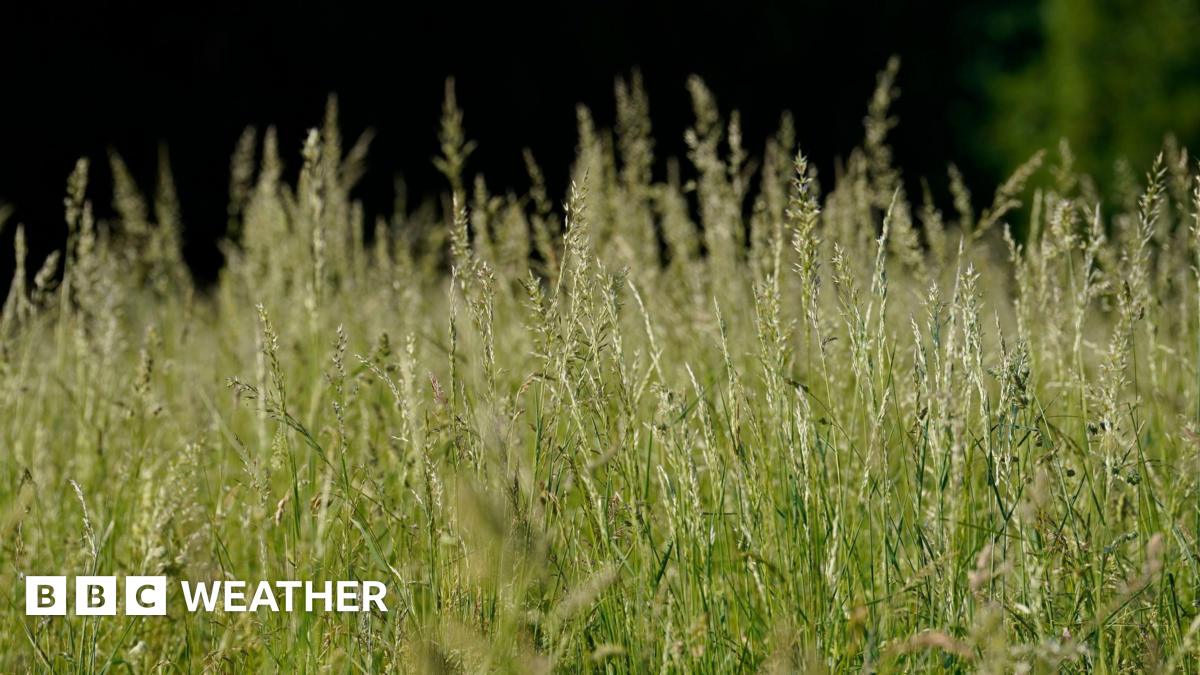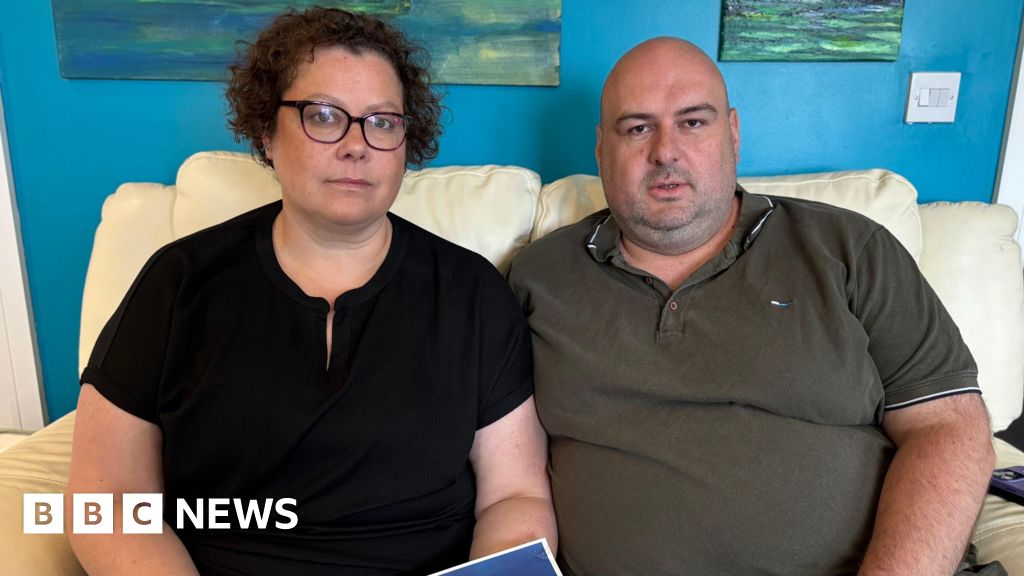Auto Amazon Links: No products found. Blocked by captcha.
Are you experiencing itchy eyes or constant sneezing recently? If so, you may be allergic to grass pollen, which is expected to reach high levels on Saturday in the Midlands, central, southern, south-west England, and London. This type of pollen affects about 95% of hay fever sufferers and typically peaks from now until July. Additionally, weed pollen will also come into play from June until September. It is estimated that approximately 13 million people in the UK suffer from hay fever, an allergic reaction to various pollens.
The timing of pollen levels can vary depending on your location, with urban areas generally experiencing lower levels than rural areas. During early spring, tree pollen is the main trigger, affecting about a quarter of hay fever sufferers annually. This year, most regions experienced high or very high levels of tree pollen due to the dry, warm, and windy weather conditions that are ideal for its release.
Day-to-day weather changes play a significant role in the production and spread of pollen. Detailed forecasts are available on the BBC Weather website and app, providing the latest data along with the UV forecast for your specific location. Weather conditions, such as rain suppressing pollen and warmth boosting it, can impact pollen levels. Surprisingly, pollen counts may decrease on the hottest days of summer. The wind also plays a crucial role, as calm days limit pollen dispersion while strong winds spread it far and wide.
Research suggests that climate change has a mixed impact on pollen levels. Studies from the University of Worcester show that birch tree pollen seasons are becoming more severe, while grass pollen levels fluctuate around the long-term average. Oak and grass pollen seasons are starting earlier, a trend also observed in other European countries, driven by higher spring and summer temperatures, as well as changes in land use like urbanization and increased woodland areas
Read the full article from The BBC here: Read More
Auto Amazon Links: No products found. Blocked by captcha.











